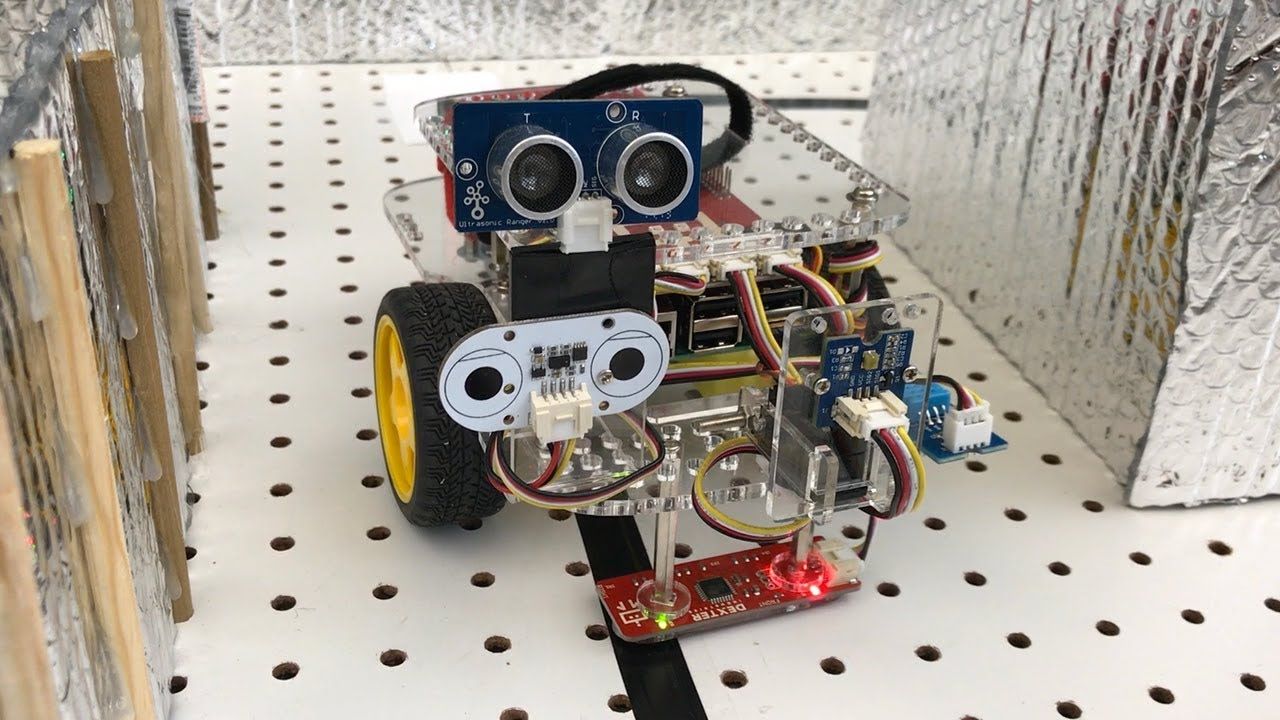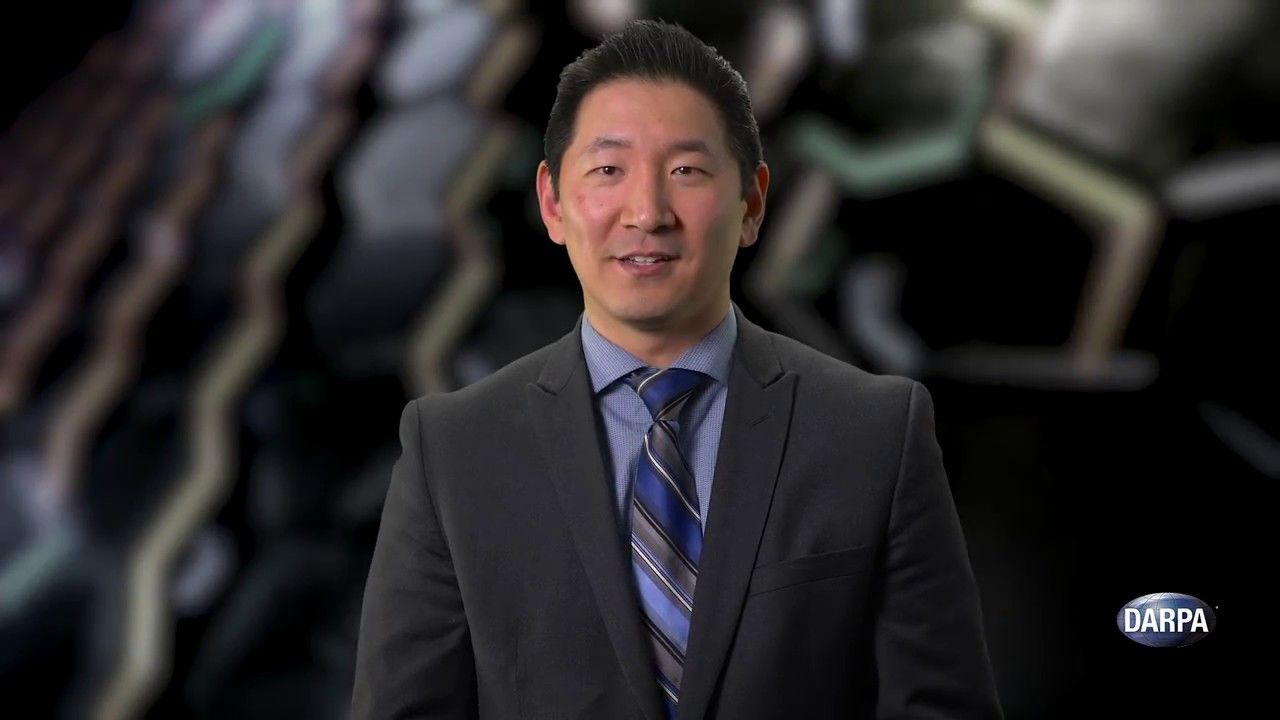With ‘Siren,’ Unreal Engine blurs the line between CGI and reality: http://engt.co/2ubDGMi
![]()
With ‘Siren,’ Unreal Engine blurs the line between CGI and reality: http://engt.co/2ubDGMi

https://www.youtube.com/watch?v=f22CGnnhmCI
Elon Reeve Musk is a South African-born Canadian-American business magnate, engineer, inventor and investor. He is the CEO and CTO of SpaceX, CEO and product architect of Tesla Motors, and chairman of SolarCity as well as co-chairman of OpenAI.
He is the founder of SpaceX and a co-founder of Zip2, PayPal, and Tesla Motors. He has also envisioned a conceptual high-speed transportation system known as the Hyperloop and has proposed a VTOL supersonic jet aircraft with electric fan propulsion. He is the wealthiest person in Los Angeles.
A report out from the Australian Renewable Energy Agency (ARENA) this month published responses from industry stakeholders on the viability of a concentrated solar thermal (CST) energy market in Australia: Paving the way for concentrated solar thermal in Australia.
Only 5 gigawatts (GW) of CST is deployed globally so far, with remarkable cost reductions for a technology so “young.” Submissions noted that when today’s 300 GW of PV had only 5 GW of deployed capacity in 2004, its LCOE was ten times that of CST.
CST’s dispatchable solar could play a pivotal role in Australia with its need for energy that can meet obligations for both emissions reductions and reliability, because with its ability to store its solar energy in molten salts for delivery later, CST can offer a stable and predictable supply of solar energy at any time of day or night.
Continue reading “Path to a booming Australian solar thermal energy market” »
Saudi engineers whip up a simulated sandstorm to test a solar panel’s durability at a research lab, the heart of the oil-rich kingdom’s multibillion dollar quest to be a renewable energy powerhouse.
The world’s top exporter of crude seems an unlikely champion of clean energy, but the government lab in Al Uyayna, a sun-drenched village near Riyadh, is leading the country’s efforts for solar power as it seeks to diversify.
A dazzling spotlight was shone on those ambitions last week when Crown Prince Mohammed bin Salman unveiled plans to develop the globe’s biggest solar power project for $200 billion in partnership with Japan’s SoftBank group.

The Robots are Coming!
After taking over deliveries for 20 percent of rural Rwanda’s blood supply, Zipline is introducing its drone fleet to the rural United States.
New developments require new materials. Until recently, these have been developed mostly by tedious experiments in the laboratory. Researchers at the Fraunhofer Institute for Algorithms and Scientific Computing SCAI in Sankt Augustin are now significantly shortening this time-consuming and cost-intensive process with their “Virtual Material Design” approach and the specially developed Tremolo-X software. By combining multi-scale models, data analysis and machine learning, it is possible to develop improved materials much more quickly. At the Hanover Trade Fair from April 23 to 27, 2018, Fraunhofer will be demonstrating how the virtual material design of the future looks.
In almost every industry, new materials are needed for new developments. Let’s take the automotive industry: while an automobile used to consist of just a handful of materials, modern cars are assembled from thousands of different materials – and demand is increasing. Whether it’s making a car lighter, getting better fuel economy or developing electric motor batteries, every new development requires finding or developing the material that has exactly the right properties. The search for the right material has often been like a guessing game, though. The candidates have usually been selected from huge material databases and then tested. Although these databases provide insight into specific performance characteristics, they usually do not go far enough into depth to allow meaningful judgments about whether a material has exactly the desired properties. To find that out, numerous laboratory tests have to be performed.

It’s small enough to fit inside a shoebox, yet this robot on four wheels has a big mission: keeping factories and other large facilities safe from hackers.
Meet the HoneyBot.
Continue reading “Robot designed to defend factories against cyberthreats” »

Advocates of transhumanism face a similar choice today. One option is to take advantage of the advances in nanotechnologies, genetic engineering and other medical sciences to enhance the biological and mental functioning of human beings (never to go back). The other is to legislate to prevent these artificial changes from becoming an entrenched part of humanity, with all the implied coercive bio-medicine that would entail for the species.
We can either take advantage of advances in technology to enhance human beings (never to go back), or we can legislate to prevent this from happening.

I might bump my post for an armed low flying mini UAV. Seeing as this what they are tip toeing around now.
The focus of this swarm sprint is on enabling improved swarm autonomy through enhancements of swarm platforms and/or autonomy elements, with the operational backdrop of utilizing a diverse swarm of 50 air and ground robots to isolate an urban objective within an area of two square city blocks over a mission duration of 15 to 30 minutes. Swarm Sprinters will leverage existing or develop new hardware components, swarm algorithms, and/or swarm primitives to enable novel capabilities that specifically showcase the advantages of a swarm when leveraging and operating in complex urban environments.
Continue reading “Defense Advanced Research Projects Agency” »
